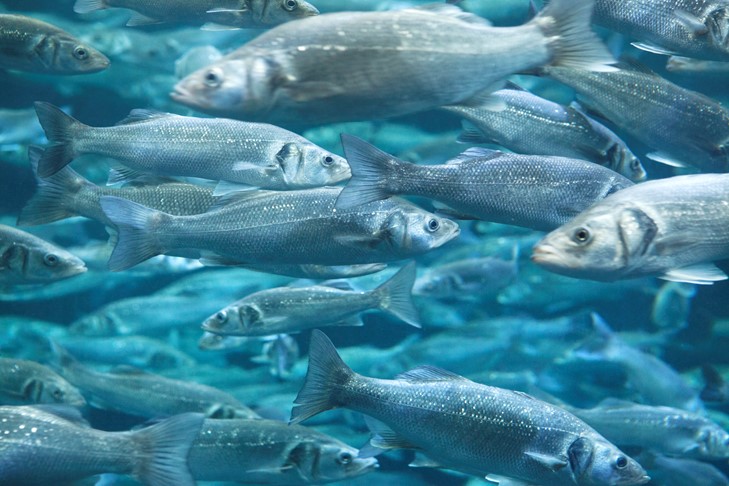European sea bass (Dicentrarchus labrax), commonly known as sea bass, is one of the most important seawater farmed fish species in the Mediterranean. The seabass industry has grown strongly in the last decade with a yearly production of approximately 200 000 tons (2016) (FAO).

Rapid diagnosis of disease outbreaks is essential for proper handling and control. The diagnosis may be performed by pathological findings and bacteriological examinations. PCR is a good alternative for verification of the presence of pathogen because the method is very sensitive and quick to perform. Serological methods, as agglutination test, may also be used for pasteurellosis diagnosis.
The administration of both immersion and injection vaccination as preventive measures are the optimal options to control the disease in juveniles and larger fish at the sea.
PHARMAQ is the global leader in vaccines and innovation for aquaculture and part of Zoetis, the world leader in animal health. The company provides environmentally sound, safe and efficacious health products to the global aquaculture industry through targeted research and the commitment of dedicated people. Production facilities, administration and research and development activities are based in Norway with subsidiaries in Chile, United Kingdom, Vietnam, Turkey, Spain, Panama and Hong Kong. PHARMAQ has approximately 300 employees. The company's products are marketed in Europe, North and South America, and Asia. For further information, visit the company's website at www.pharmaq.com. Privacy Policy. Cookie Policy. Terms of Use.
Copyright © 2020 Zoetis LLC. All rights reserved.